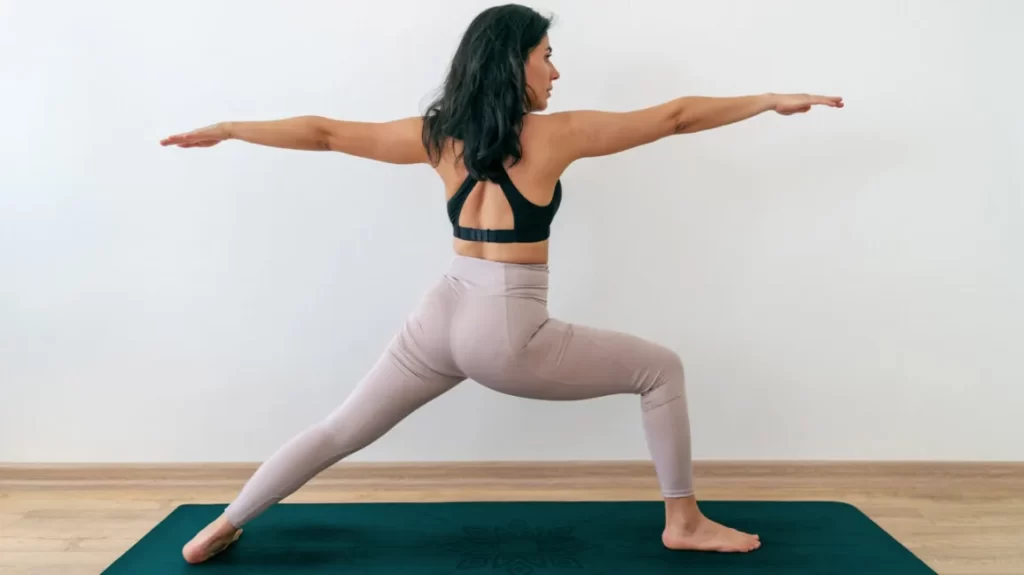The Best Yoga Poses For Beginners and Experts

Whether you are a beginner or an experienced yogi, you will find that there are several yoga poses that you may want to learn and incorporate into your routine. Luckily, these yoga poses are simple enough that you can learn them with little effort. They will also help you improve your flexibility and strength.
Savasana
Using Savasana as the end of your yoga practice is an excellent way to calm your mind and prepare it for sleep. This relaxing pose can help you achieve better sleep, while also promoting healthier muscles and better circulation.
Savasana is a supine relaxation pose. It requires the body to lie on the ground and to stretch inward. To make it more comfortable, you can place a blanket under your knees. You can also use bolsters to support your body.
Savasana is best practiced after a period of rest or after a challenging pose. The body needs time to absorb the information it has learned during physical exercise.
Downward-Facing Dog pose
Often considered one of the most popular yoga poses, the downward dog is used to stretch, strengthen, and relax. It is especially helpful in relieving stress and back pain.
The downward dog is a good exercise for the hamstrings, calves, and low back. In addition, the pose helps to relieve tension in the arms, shoulders, and neck. This pose is also beneficial to people suffering from arthritis, asthma, sinusitis, and menopause.
The downward dog also helps to improve eyesight, memory, and concentration. This pose can also reduce fatigue and improve digestion. Practicing the pose also helps to relieve tension headaches.
The downward dog can be modified by lifting the hips, flexing through the toes, and shifting the weight back into the hips. You can also do the pose with a towel under your ankles for added support.
Mountain pose
Practicing the Mountain pose is a good way to stretch your legs and improve your posture. It’s also a great way to relieve neck strain and sciatica.
While the Mountain Pose isn’t a difficult pose to master, it can be made more manageable with a few simple modifications. Changing the placement of your hands can also make a big difference.
To get started, place your hands about shoulder width apart and your toes about one foot from your heels. Then, slowly shift your weight to your toes and your heels. This can be done by pressing down on the heels and toes, or by rolling your shins inwards.
Trikonasana
Among the best yoga poses, trikonasana is a pose that stretches the hips, lengthens the spine, tones the abdomen, and strengthens the hips, thighs, and knees. It can also improve balance and focus.
Many yoga teachers find trikonasana as one of their favorite yoga poses. This stretch is beneficial for people who use the lower body extensively. It can also help relieve menstruation-related pains.
The trikonasana pose also stimulates blood flow through the veins. This can reduce the risk of stroke or blockage in the blood vessels. It also helps in alleviating neck sprains and other pains.
The trikonasana can also be beneficial for those who have poor flexibility. This yoga pose can help strengthen the hamstrings and ankles, and increase stability. It also has a positive effect on the hip joint, which increases flexibility.
Warrior III pose
Adding Warrior III to your standing yoga routine is a great way to strengthen your core and improve your balance. This pose is a great way to increase your concentration, memory, and focus.
It’s important to practice Warrior III carefully, as this pose is extremely challenging. You should avoid practicing this pose if you have any injury, high blood pressure, or any problems with your balance.
To get into Warrior III, begin in lunge position. Bend your right knee slightly, and place it on the ground. You should feel a slight shakiness in the leg. You may want to bolster the knee with a chair. You should also keep the back leg off the floor.
Headstand
Whether you are a beginner or an experienced yogi, headstand is a great pose to practice. The pose helps develop strength, flexibility, and core strength. It also helps relieve stress.
Headstand is a yoga inversion that can be challenging to master. This is because it requires a strong upper body and core to maintain a stable position. It also requires a strong back and shoulders.
Headstand also requires a firm base. This is why it is important to use a good yoga mat. You can also use blankets to help you distribute weight properly.
In addition to a strong foundation, you can also modify your headstand by placing a yoga strap across your upper arms. This will help you avoid widening your elbows, which can lead to injury.

